I’m a landscape designer with a passion for designing eco-friendly gardens in visual harmony with the natural landscape. This article is about why you should grow an indigenous native garden.
There are five problems facing gardeners and growers today. Many of these can be addressed by using indigenous species to solve them.
Indigenous plants are those which come from the area in which you live.
Problem 1: Bushfire
The first problem is bushfire. Of course, bushfire has always been a huge problem, and global warming is making it even more so.

Many of us live in a bushfire area. Are you familiar with plants that spread fire and those that retard fire? Do you know how best to use them?
The good news is that many Australian species worthy of garden cultivation also have fire retardant properties.
These species therefore have a significant role to play in combating this problem. There’s a lot more information about bushfires and fire-retardant plants on my website. On the main menu, click on ‘Plants’, and on the sub-menu, click on ‘Fire retardant’.
Wherever you live in Australia, there are many indigenous species which are fire retardant. Some research on these may help save the lives of your loved ones . . . and your property . . . and yourself.
More info on fire retardant indigenous plants can be found here.
Problem 2: Drought
The second problem is drought. As the world’s driest continent, Australia is home to an abundance of drought tolerant species.
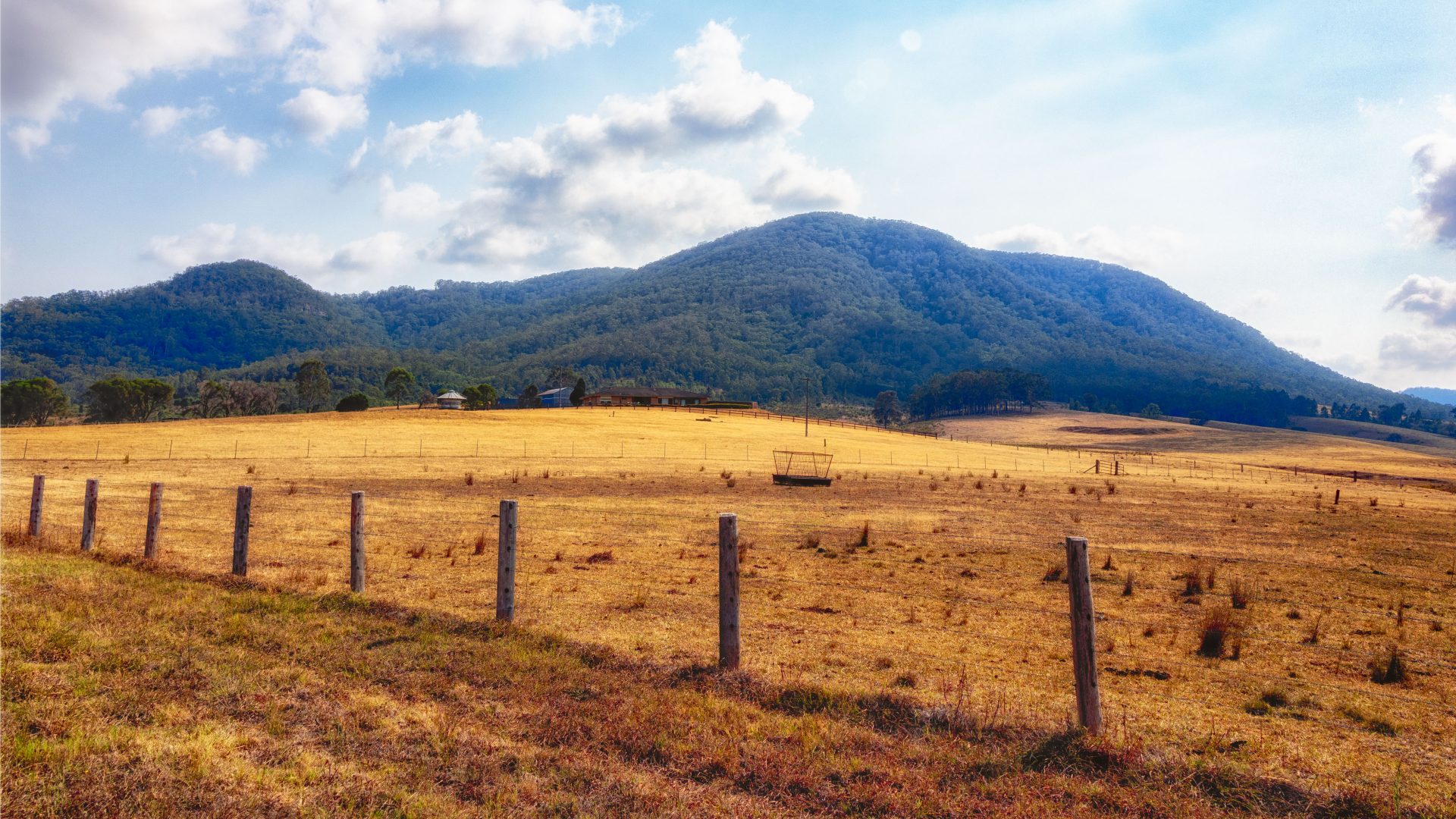
We have many species of strong architectural form and high aesthetic value. These plants are well suited to garden cultivation.
Over 260 of these which occur naturally in the greater Sydney region (between Newcastle and Nowra, east of the Great Dividing Range), meet these criteria.
Once established, they should survive without additional watering, assuming soil moisture at the beginning of summer. They also need a mulch layer and protection from excess exposure to sun and wind. The full list of 260 species, appears on my website. Go to ‘Plants’ and click on ‘Drought tolerant’.
As you may be aware, drought stimulates seed formation and therefore increased risk of invasive drought tolerant exotics. Planting drought tolerant natives helps mitigate this risk.
Problem 3: Ecology
The third problem concerns ecology. An indigenous garden fosters biodiversity and guarantees ecological integrity. It naturally attracts a wide range of native songbirds and other wildlife. These may include bandicoots, bilbies, gliders and koalas, and small birds, some endangered, such as the Eastern Spinebill, Fairy Wren and Regent Honeyeater, among others.
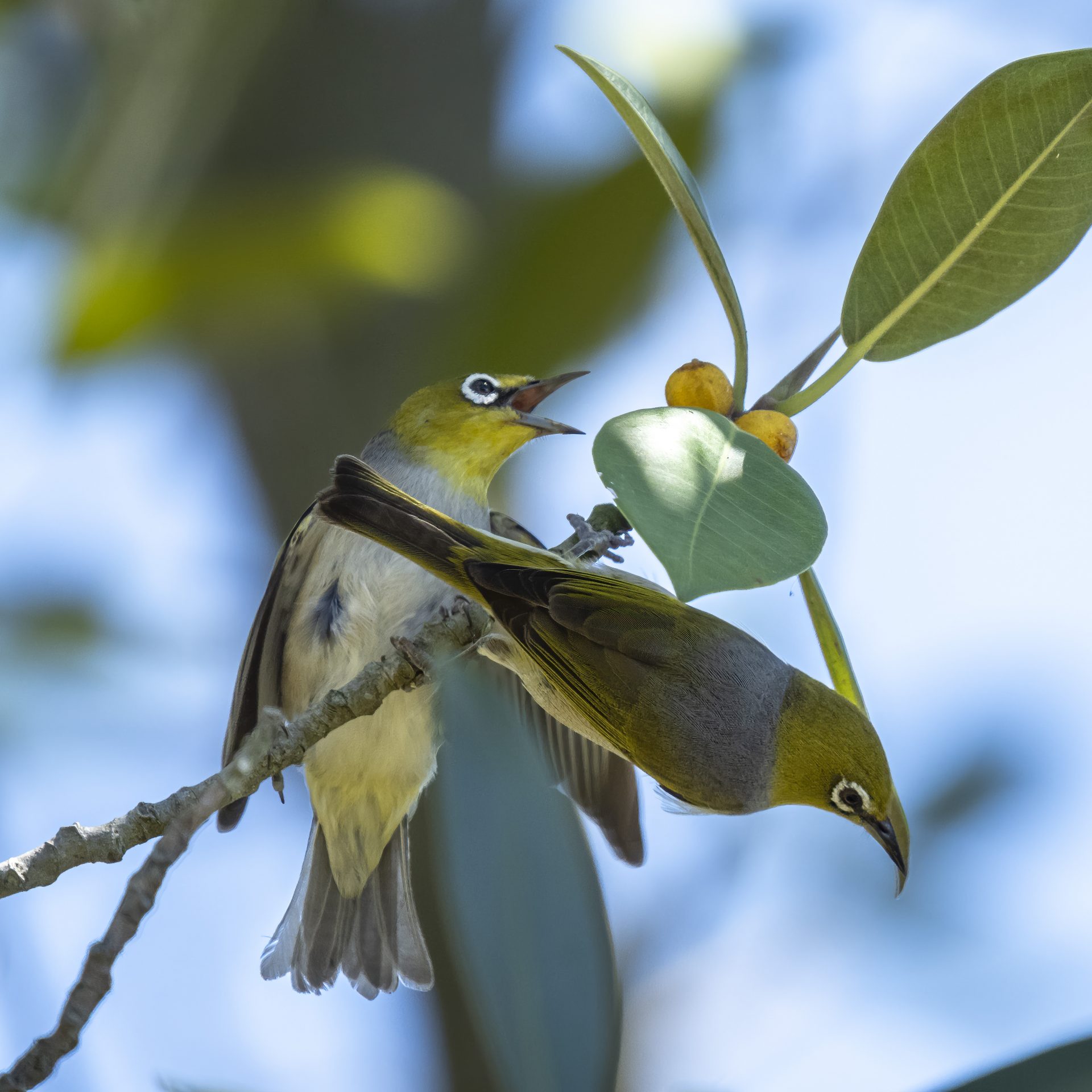

By providing nesting habitat and a supply of food, the indigenous garden helps save these little creatures from possible extinction.
An indigenous garden also attracts fewer sedentary, territorial birds such as the Pied Currawong, Noisy Miner, Wattlebird and others. These birds monopolise gardens with enlarged flowers and extended flowering, and drive out these small endangered birds.
Indigenous plants can eliminate the risks of exotics and some natives from invading the natural environment. Such prevention contributes to the spread of diseases, including the deadly Phytophthora fungus.
Problem 4: Sustainability
The fourth problem is about sustainability. It wont be a surprise that flat manicured lawns and gardens filled with exotics, bedding plants and artificial hybrids are unsustainable.
Most need excessive water, fertiliser high in phosphorus and sometimes chemical fungicides, herbicides and insecticides to keep them happy.
Aside from their ongoing costs, these products collectively contribute to the decline in wildlife numbers. They may also contaminate the soil, facilitate the spread of environmental weeds and promote excessive algal growth in natural waterways.
Conversely, the majority of carefully selected Australian plants thrive without these additions. They’re adapted to infertile, low-phosphorus soils, and respond well to small applications of low-phosphorus fertiliser or none at all.
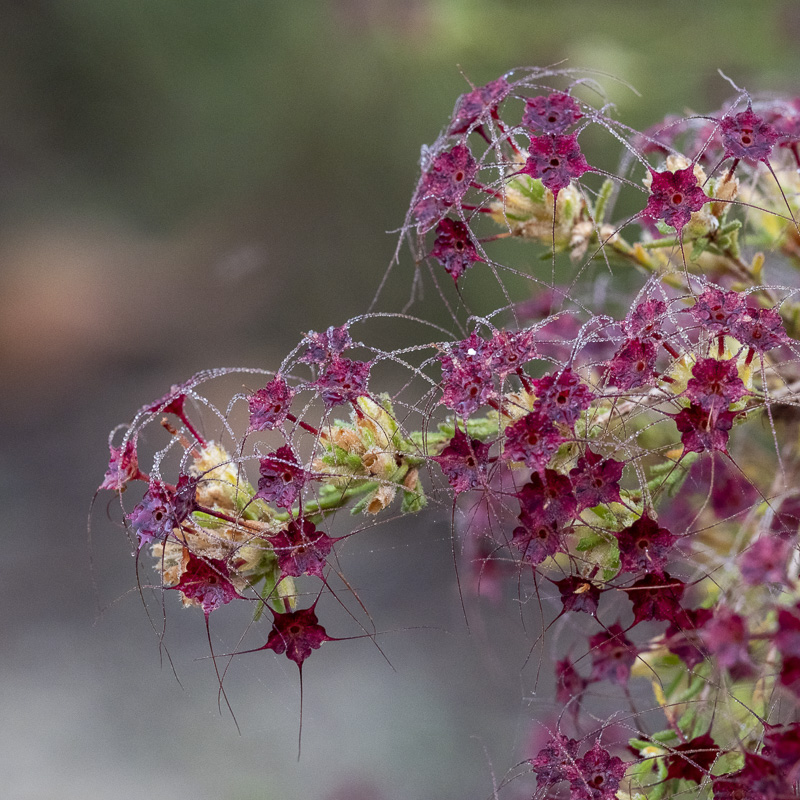

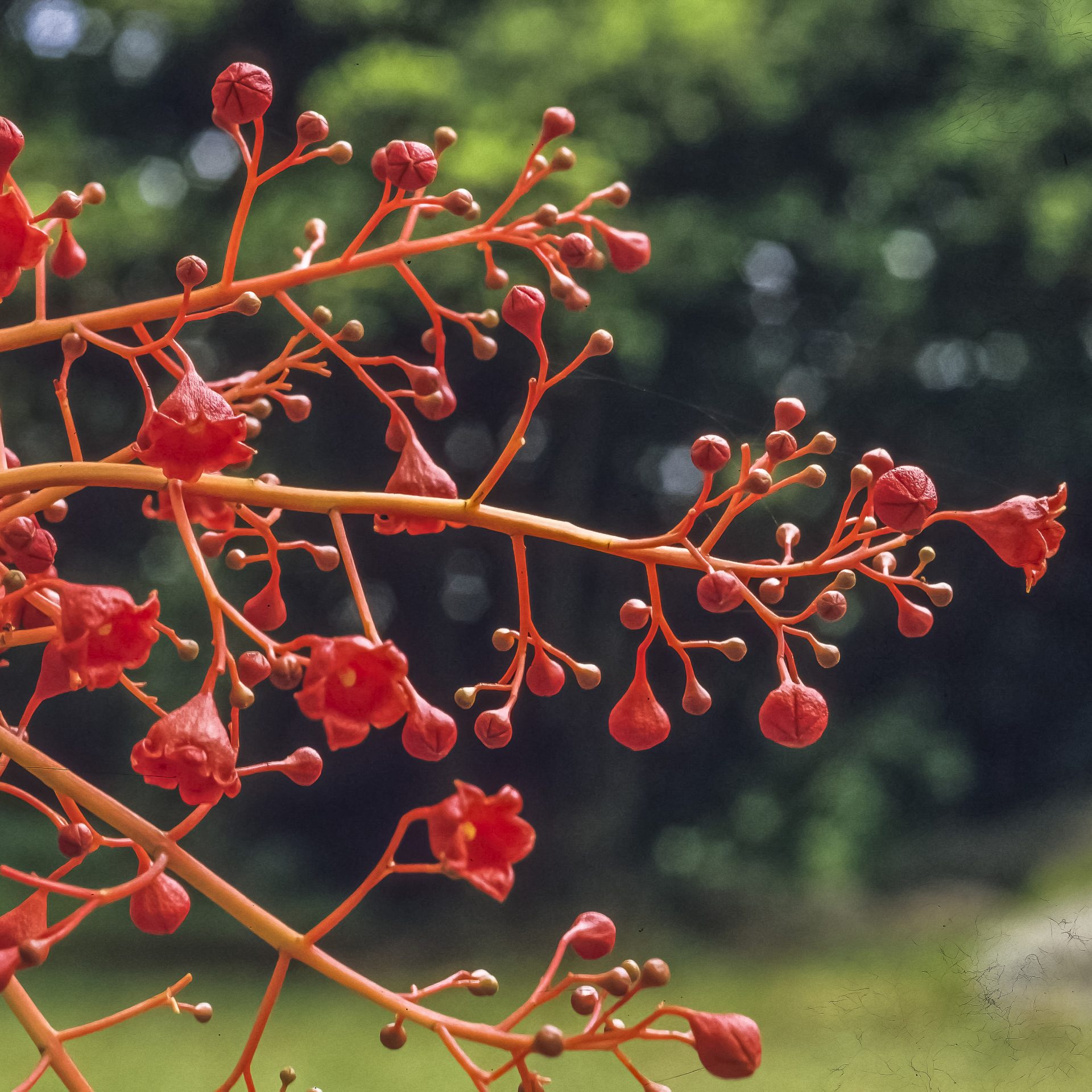
The well designed garden is therefore a sustainable garden that looks after itself with minimal maintenance.
Insectivorous birds such as the Rufous fantail, Scarlet Robin and Spotted Pardalote work ceaselessly, keeping insect pests at bay and eliminating the need for toxic insecticides.
Problem 5: Aesthetics
The fifth problem, if it is a problem, concerns the aesthetics of garden design. Perhaps the greatest principle, and the one most lacking in the garden today, is a sense of unity. It is a quality found in all great landscapes.
A predominance of indigenous plants in a garden will work their magic and help achieve a sense of unity.
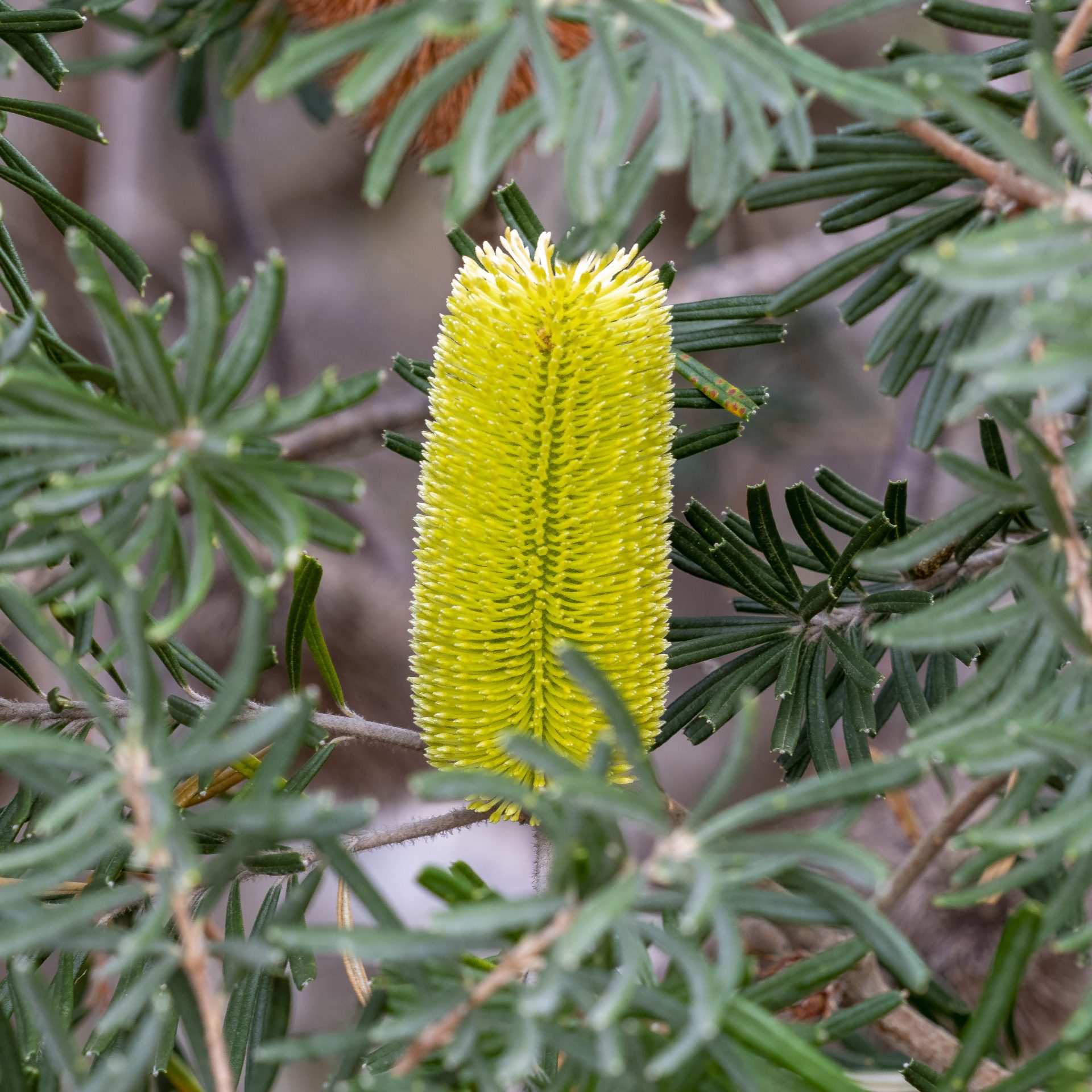
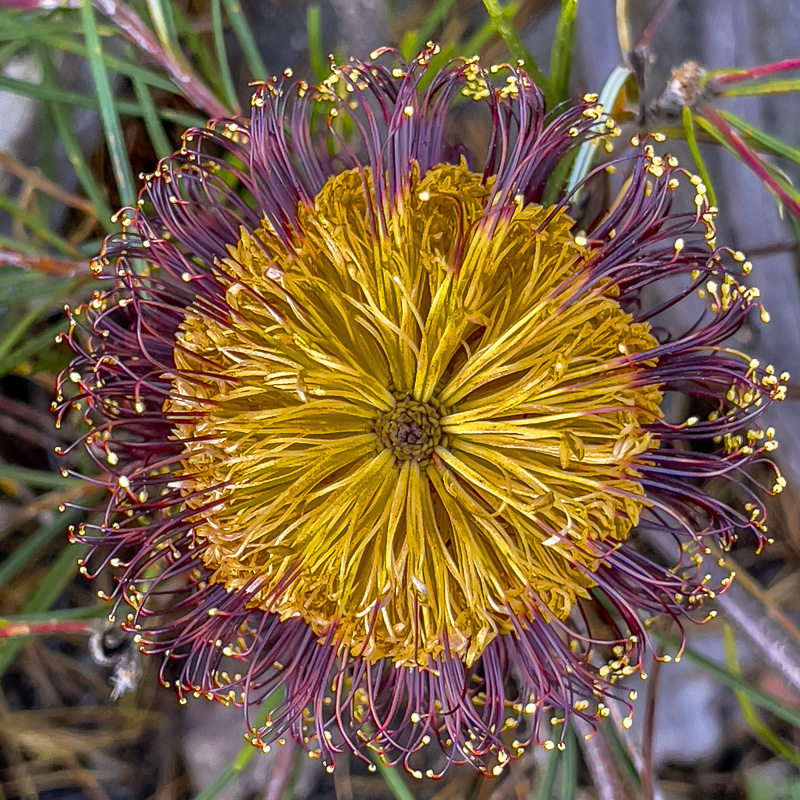
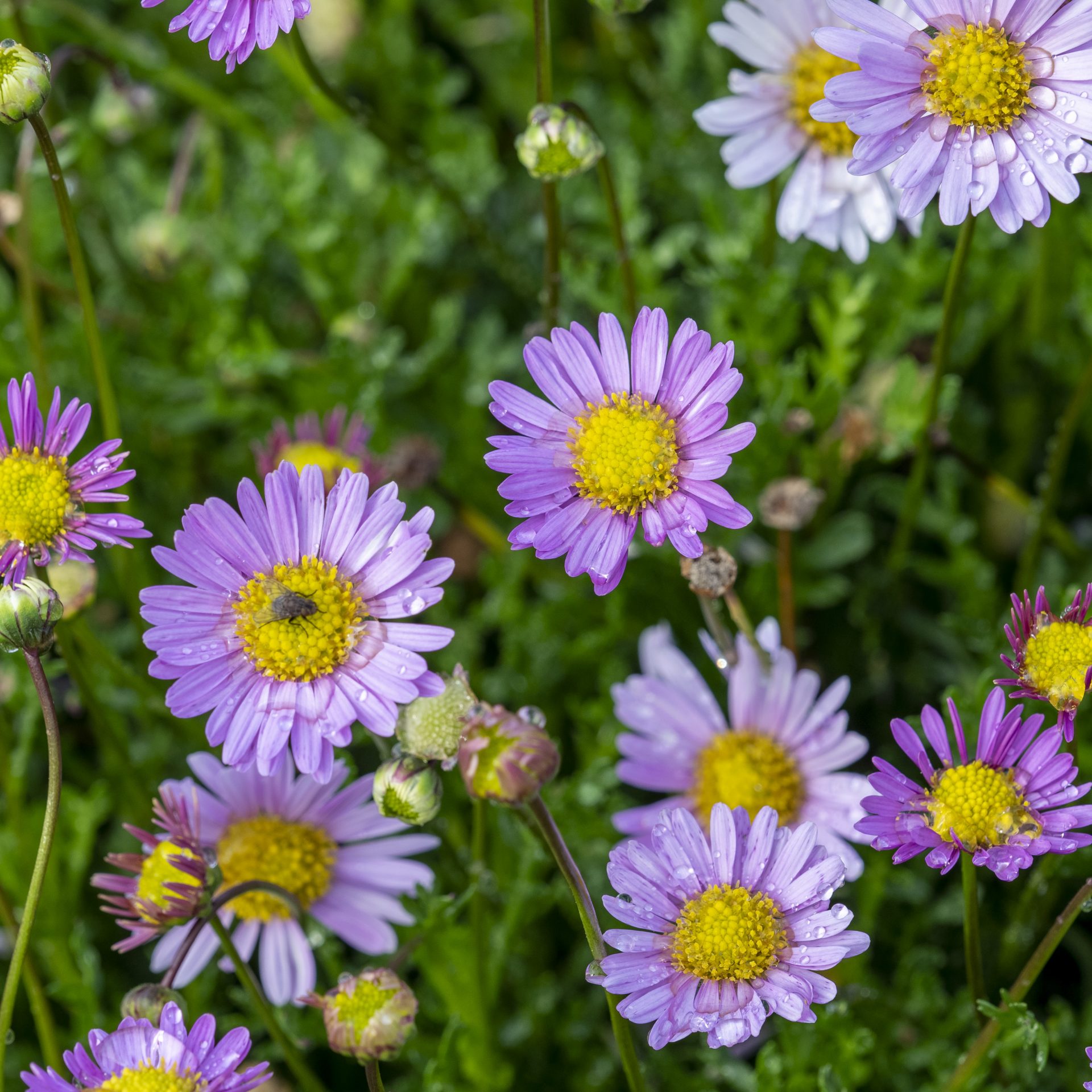
So, the benefits of growing indigenous plants, as fire retarders, drought survivors, restorers of ecological balance, sustainability and aesthetics are overwhelming.
About Gordon Rowland
Gordon Rowland was born in England and on marrying an Aussie girl, settled in Australia where he qualified in landscape design. This article was drawn from a talk given by the late Gordon Rowland at the ANPSA National Conference, Newcastle NSW October 2007.
 Australian Native Plants Society (Australia)
Australian Native Plants Society (Australia)